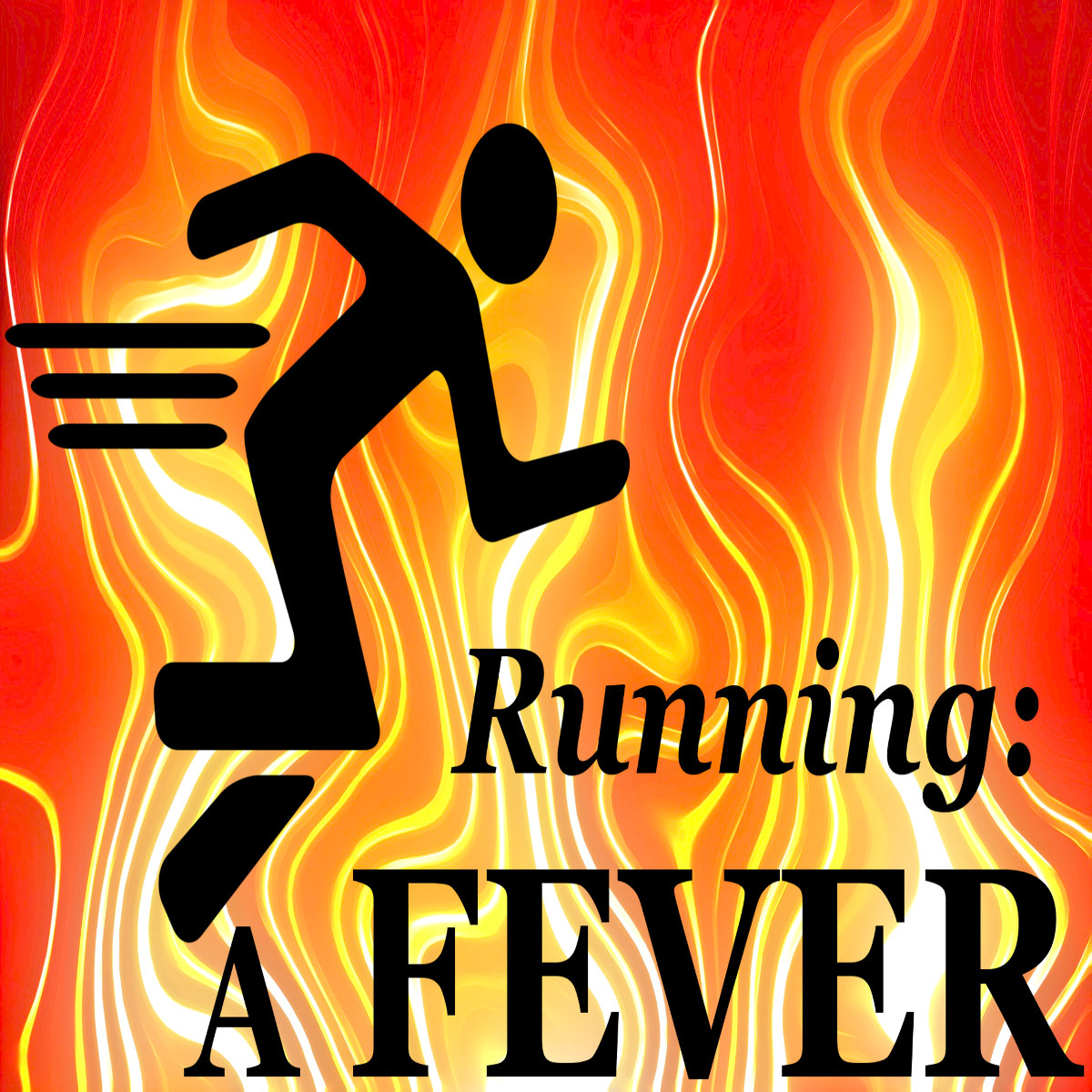We know what COVID-19 is, the disease caused by the SARS-COV-2 virus. Very serious, very uncomfortable, very infectious. I want to talk about the relationship between inflammation and COVID, but I’ve realized I don’t really know much about inflammation in general. So I’ll start with defining it.
Inflammation generally is the body’s immune system response to an irritant. This could be an injury, a virus like SARS-COV-2, or a foreign object like a thorn or splinter. Chemicals and radiation can also cause inflammation. Symptoms are redness, heat, swelling, pain or loss of function such as the inability to smell.
Like the Defense Department, the immune system has a number of weapons at its disposal. These include hormones that cause the blood vessels at the site of the irritation to expand to allow more blood to get to the area, causing the area to become red and to feel hot. They also connect to the nervous system to send pain signals to your brain to tell you to be more protective of the area. The hormones also make fluids flow to and from cells and through membranes more easily to flush out the irritant. This is why you get a runny nose when you get the flu, and also why you might experience swelling.
There are a number of articles on how inflammation relates to COVID-19.
It seems that the virus causes a radical increase in cytokine, one of the hormones in the immune system’s arsenal. They call it a cytokine storm. Inflammation can be so severe that it causes organ damage and death. The storm is so intense that the body’s natural clearing mechanisms can’t keep up. In these cases, addressing the body’s response could be as important as using a vaccine or antiviral therapy.
I want to note that it isn’t only inflammation that causes damage in COVID-19 patients. There is also direct damage to organs, and I put a link below to an article that has a nice diagram that even non-medical types like me can understand.
The good news is that there are a number of safe anti-inflammatory drugs out there and in development that could be more effective than therapies that block only cytokine.
Now, you may remember that Tom Brady’s TB12 program includes an anti-inflammatory diet. Avoiding inflammation is one of the main ideas of this whole program. So you might want to check out some of those episodes on TB12, which are 120, 121, 122, and 129, linked below.
Obviously, we’re not going to be taking a handful of anti-inflammatories on the chance that we get COVID-19, but to help manage it, but here are some diet tips to fight inflammation (courtesy of Mayo Clinic):
1. Eat more plants
2. Focus on antioxidants (colorful fruits and veggies)
3. Get your Omega-3’s
4. Eat less red meat
5. Cut the processed stuff.
In addition to the Tom Brady stuff, I have a whole book on diet and inflammation, so I’m sure there will be more. Send your questions and/or comments to mail@runningafever.com.
References:
https://www.ncbi.nlm.nih.gov/books/NBK279298/
https://www.mayoclinic.org/healthy-lifestyle/nutrition-and-healthy-eating/in-depth/how-to-use-food-to-help-your-body-fight-inflammation/art-20457586
https://www.nytimes.com/2020/05/25/well/live/to-fight-covid-19-dont-neglect-immunity-and-inflammation.html
https://medicalxpress.com/news/2020-05-approach-averting-inflammation-covid-.html
https://www.nature.com/articles/s41584-020-0451-z
https://www.ahajournals.org/doi/pdf/10.1161/CIRCULATIONAHA.120.047293
TB12 Episodes:
http://RunningAFEVER.com/129
http://RunningAFEVER.com/122
http://RunningAFEVER.com/121
http://RunningAFEVER.com/120
